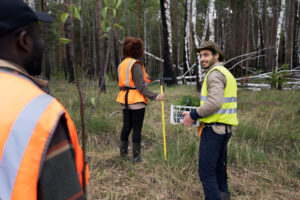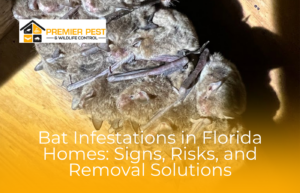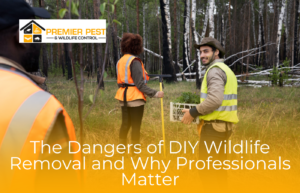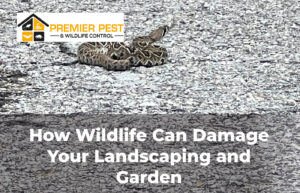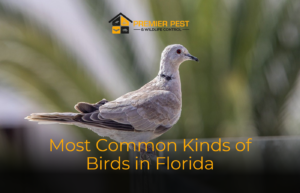Having a beautiful garden or a well-maintained landscape is something many homeowners cherish. However, it is not unusual for animals to ruin your perfectly thought out outside areas. Local deer grazing on your blooms or burrowing creatures excavating your plants—wildlife may have a major impact on your landscape. We will discuss in this blog post how various kinds of animals could ruin your landscape and what you might do to limit the damage.
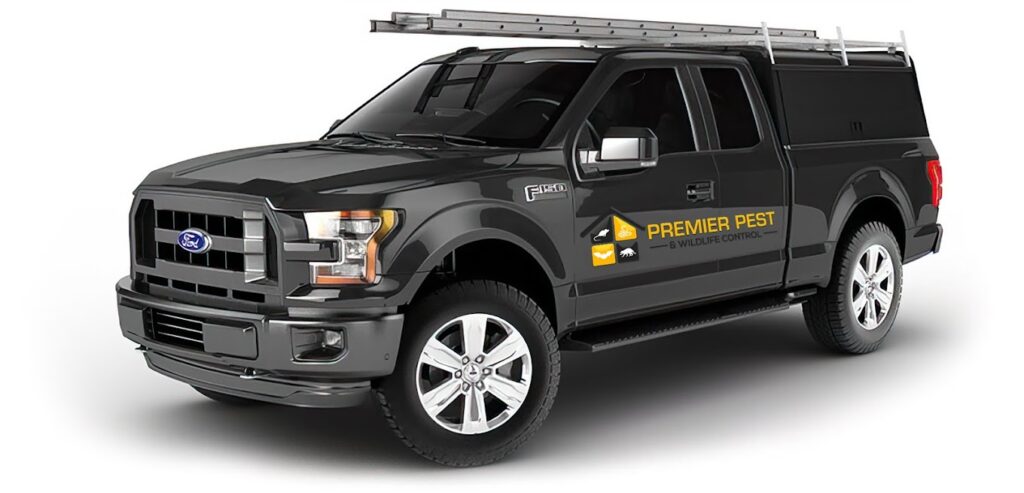
Common Ways Wildlife Damages Landscaping
Plant Damage
Eating your plants is one of the most obvious ways animals could impact your garden. Notorious for eating flowers, veggies, and even bushes include deer, rabbits, and squirrels. They may swiftly deprive delicate young plants of their leaves or blossoms and are frequently drawn to them. If you have spent time and money on your garden, it might be aggravating to watch animals seeking food ruining your plants.
Digging and Burrowing
Digging and burrowing are another frequent problem. Excellent diggers, animals such as moles, voles, and gophers may build tunnels throughout your yard. Apart from disrupting the soil structure, this digging destroys plant roots, therefore weakening or killing the plants. These tunnels may also produce uneven ground, which makes it more difficult for vegetation to flourish and results in unsightly holes all throughout your yard.
Lawn Destruction
Many homeowners invest time and money on maintaining their lawns green and rich only to discover that animals often undercut their efforts. Seeking insects, grubs, or other food sources, animals like raccoons and skunks often dig up grass. This may cause unsightly patches on your lawn that leave it bare in certain areas and uneven. Apart from the aesthetic damage, these animals might attract additional bugs to your yard, which can lead to further problems.
Impact on Garden Structures
Damage to Fencing and Garden Structures
While plants are the main target, wildlife can also cause damage to structures in your garden. Animals like raccoons or squirrels could nibble on garden huts, trellis, or timber fences. Over time, this degradation may compromise the construction and call for expensive repairs. Certain animals also have a habit of breeding in these buildings, which could cause damage but also contribute to pest issues.
Attracting Other Pests
Many times, wildlife carries a range of pests. Rats, for instance, might carry lice, ticks, or fleas that could contaminate your house or yard. Furthermore, animals that dig or build nests may bring ants or other insects into your yard. Maintaining a healthy and pest-free garden might therefore be more difficult.
How to Manage Wildlife Damage
Sometimes you may have to take wildlife removal into account in order to save your landscape. Some animals could be discouraged from accessing your yard by building physical barriers around plants, applying repellant, or building fences. Should damage continue, consulting a professional might be the best option to ensure that your landscaping remains intact.
Minimizing Wildlife Damage to Your Garden and Landscape
Although wildlife might accentuate your outside area, they can also seriously endanger your garden and landscape. From destroying buildings and infrastructure to drawing pests, the effects of animal activities may be very broad. Preventing damage caused by animals can help you to enjoy a lovely, healthy outdoor environment free from extra stress. This entails being proactive in safeguarding your garden.
If wildlife is damaging your landscaping, don’t wait until it’s too late. For professional wildlife removal services and to stop more damage to your landscape, get in touch with Premier Pest and Wildlife Control now. Trust us to effectively protect your outside environment!

